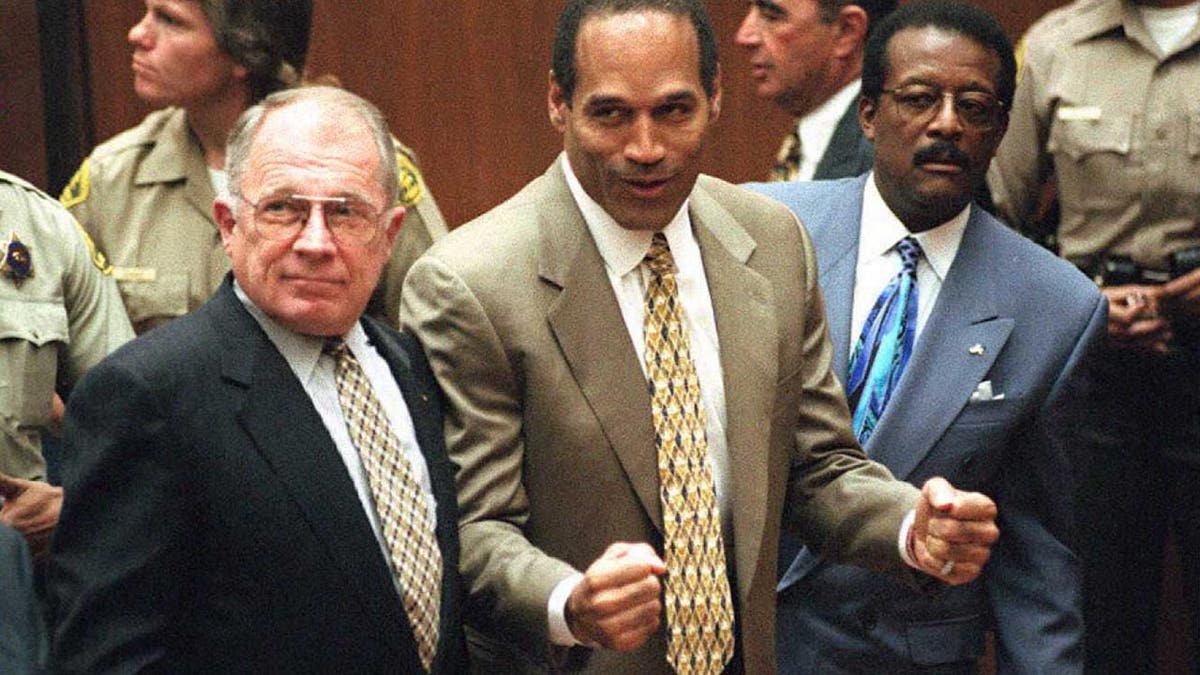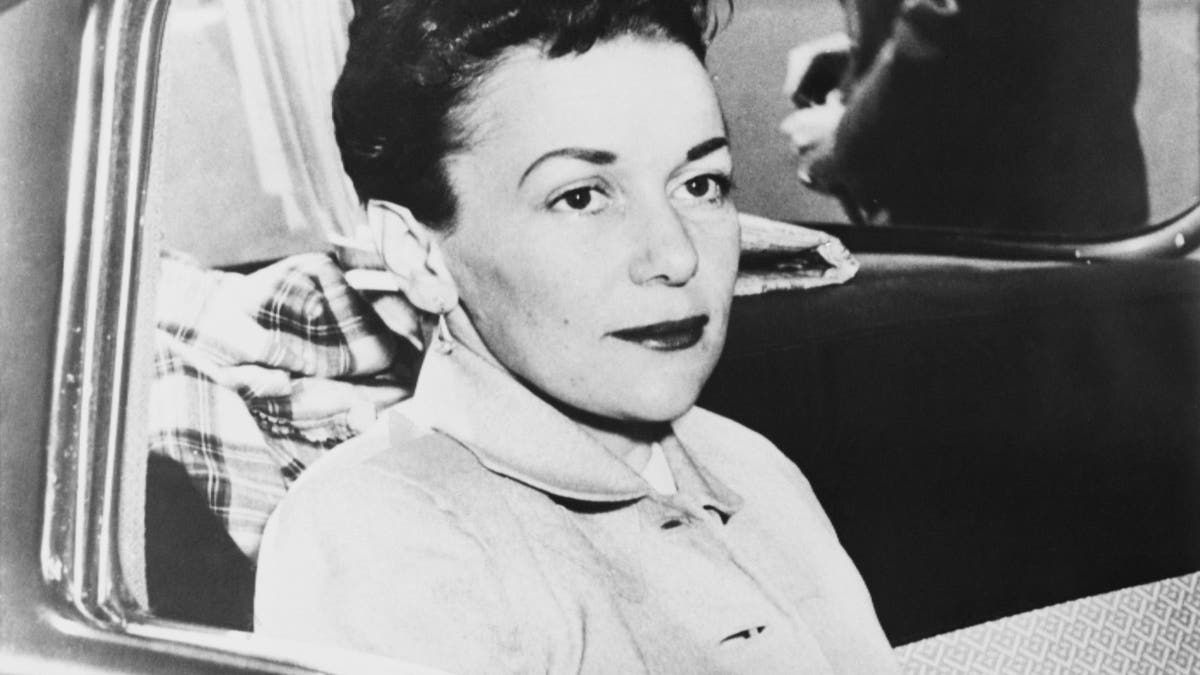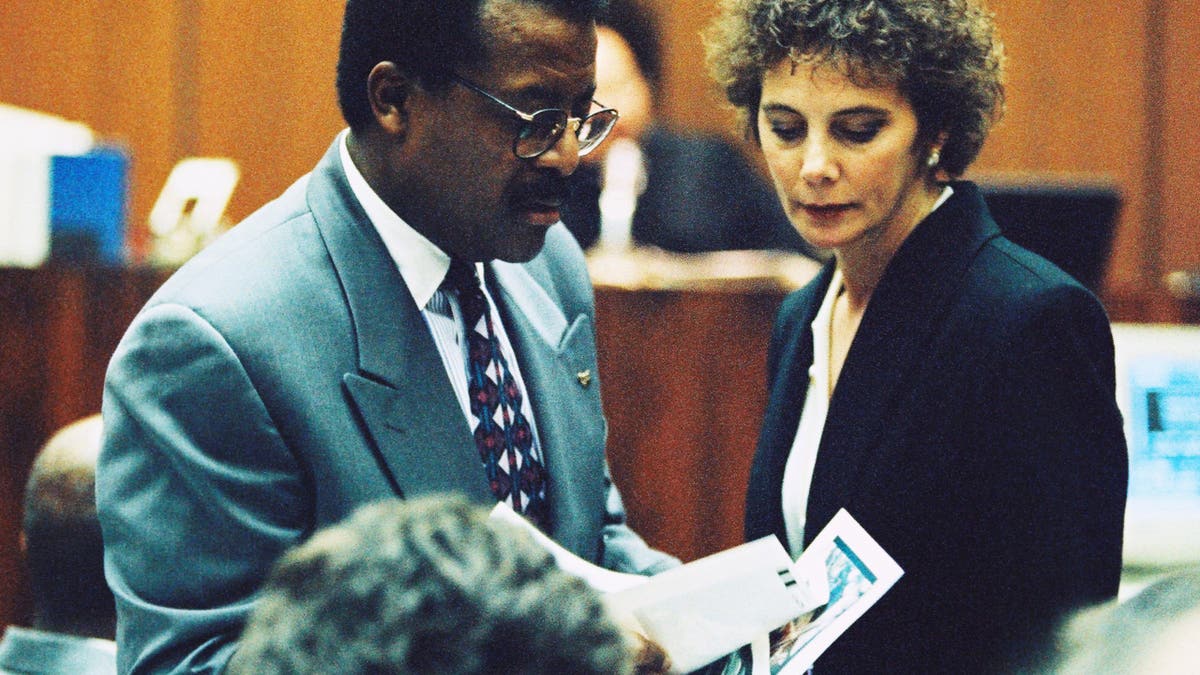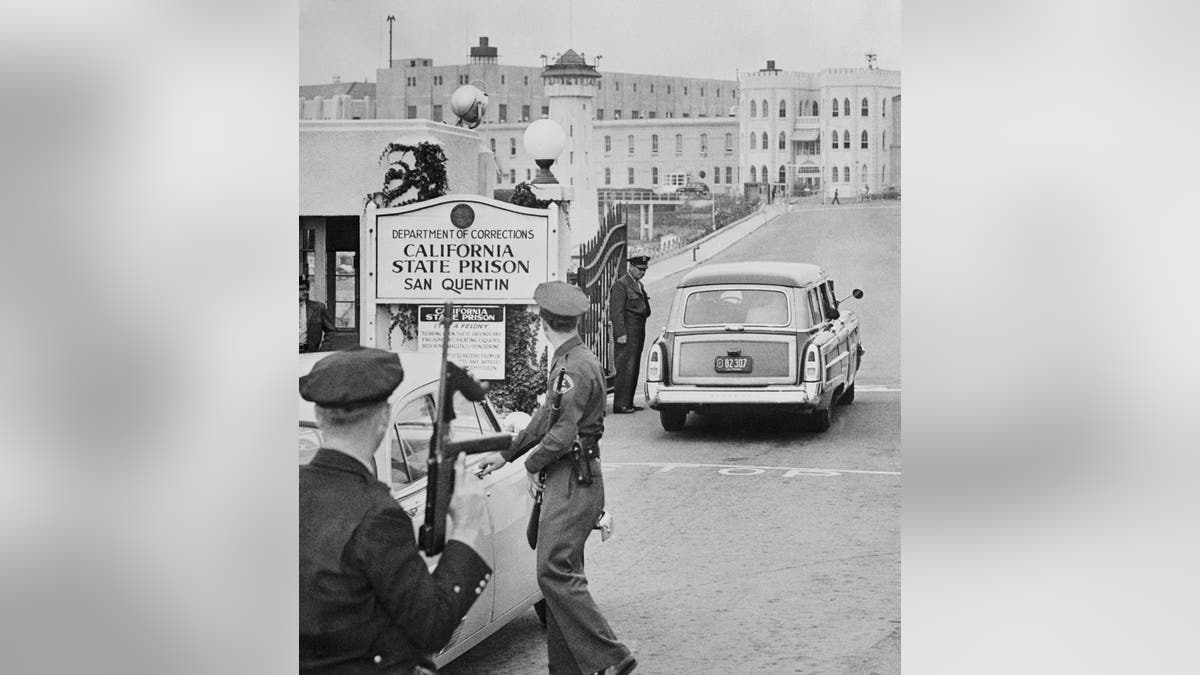The media's influence on high-profile trials has been a constant for decades, but the public's ability to discern truth from spin is evolving, according to Marcia Clark, the former Los Angeles prosecutor known for her role in the O.J. Simpson trial. Clark's new book revisits a scandalous 1950s murder case in Los Angeles, highlighting how biased newspaper coverage swayed public opinion against the prime suspect, Barbara Graham, even before her trial began.
In an interview, Clark discussed the striking parallels between the media frenzy surrounding Graham's 1953 trial, the 1995 Simpson trial, and the more recent Daniel Penny case. Penny, a Marine veteran, was acquitted of charges related to the death of Jordan Neely on a New York City subway. Clark emphasizes how media coverage, regardless of the platform, can significantly impact public perception and potentially jeopardize a defendant's right to a fair trial.

Clark observes a shift in public engagement with media narratives. "People are now questioning the completeness and context of the information they receive," she notes. They are increasingly critical of media portrayals, seeking additional perspectives and waiting for the full story to unfold before forming opinions. This shift is evident in the Daniel Penny case, where initial public outcry gave way to more nuanced views as eyewitness accounts and additional information emerged.

The rise of social media and citizen journalism further empowers individuals to share information and contribute to public discourse. Clark highlights the importance of readily available technology, like smartphones, in capturing real-time events and providing a broader context, fostering a more informed public.

Clark's book, "Trial By Ambush," delves into the Barbara Graham case, revealing how the media's portrayal of Graham as "Bloody Babs" significantly influenced public opinion. Clark argues that while Graham was involved in the crime, she was not the murderer. The book explores how prosecutorial misconduct, including withholding evidence and exploiting legal loopholes, contributed to Graham's conviction and eventual execution.


Comparing the media landscape of the 1950s with today's digital age, Clark notes how the dominance of newspapers in the past created a singular narrative, while the proliferation of online platforms now offers diverse perspectives. This evolution, while complex, represents a positive trend towards greater public awareness and critical thinking.


Clark's analysis provides valuable insights into the ongoing evolution of media's role in shaping public perception of justice, emphasizing the increasing importance of critical thinking and access to diverse information sources.








